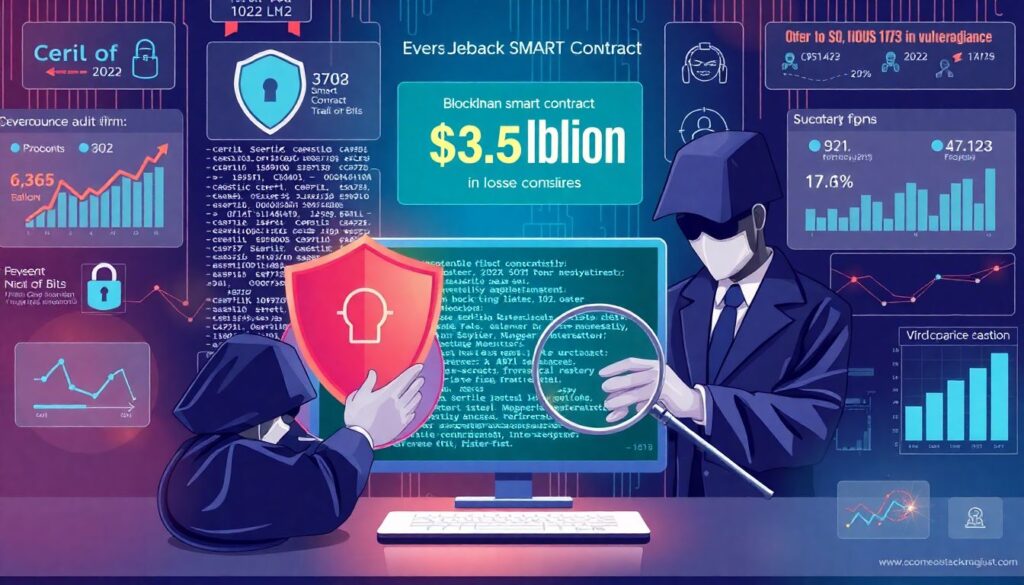Essential Tools for Evaluating a Crypto Project’s Credibility
Before diving into the evaluation process, it’s critical to arm yourself with the right tools. Analyzing blockchain projects requires more than just reading whitepapers or browsing social media. Start with blockchain explorers like Etherscan or BscScan to verify contract deployment dates, token distribution, and transaction histories. Use analytics platforms such as CoinGecko, CoinMarketCap, and Messari for market data, tokenomics, and project overviews. GitHub is vital when assessing the development activity—repositories with consistent commits and active issue tracking indicate an engaged team. For sentiment analysis, platforms like LunarCrush and Santiment can highlight community engagement and market perception. These tools form the foundation of any crypto project credibility checklist.
Step-by-Step Process to Evaluate a Crypto Project
Step 1: Analyze the Team and Advisors

Start by researching the team behind the project. Look for verifiable LinkedIn profiles, previous experience in blockchain or tech industries, and transparent affiliations. Projects with anonymous founders, especially in DeFi, have historically carried higher risks. According to Chainalysis (2024), over 42% of rug pulls in 2023 were tied to projects with undisclosed or unverifiable teams. Best practices for assessing cryptocurrency projects always include confirming leadership credibility and accountability.
Step 2: Examine the Whitepaper and Roadmap
A credible crypto project should have a well-articulated whitepaper detailing the problem it solves, technical architecture, token utility, and governance model. Pay close attention to whether the roadmap has realistic milestones and whether any have already been achieved. For instance, a 2023 study by CoinGecko found that 67% of top-performing projects delivered on at least 60% of their roadmap promises within the first 12 months.
Step 3: Review Tokenomics and Supply Distribution
Evaluating cryptocurrency investment opportunities also requires deep scrutiny of tokenomics. Key factors include total supply, circulating supply, allocation to teams, investors, and community, as well as vesting schedules. Projects with disproportionate token allocations to insiders often exhibit price manipulation risks. Token unlocks should be transparent and ideally automated via smart contracts. Use blockchain explorers to validate token distribution claims made in marketing materials.
Step 4: Assess Community and Social Engagement
Authentic community engagement is a hallmark of credible projects. Check if the project has active discussions on Telegram, Discord, Reddit, and Twitter. Be cautious of artificially inflated follower counts or engagement from bots. Use tools like Social Blade or FollowerAudit to uncover anomalies. According to LunarCrush (2024), projects with genuine community growth outperform others by 35% in terms of long-term user retention and liquidity.
Step 5: Audit Reports and Security Measures

Security is non-negotiable. Always verify if the project has undergone an independent smart contract audit by a reputable firm such as CertiK, Trail of Bits, or Hacken. Audit reports should be publicly available and address major vulnerabilities. In 2022 and 2023 alone, over $3.5 billion was lost due to smart contract exploits (source: REKT Database). This makes smart contract auditing a critical component in the crypto project due diligence tips toolkit.
Troubleshooting Red Flags and Common Pitfalls
Even with a detailed crypto project credibility checklist, issues may arise. One major red flag is inconsistent or overpromising marketing. If a project guarantees fixed returns or uses aggressive hype tactics, it’s prudent to proceed with caution. Another sign of concern is low developer activity—use GitHub to see if code commits have ceased or if forks are more active than the main repository. This could signal abandonment or lack of innovation.
Additionally, beware of token price volatility without corresponding news or developments. Sudden pumps and dumps often indicate manipulation. Cross-reference such events with trading volume and exchange listings. Projects that only trade on obscure platforms may lack institutional oversight or legitimacy. A 2023 Binance Research report noted that over 60% of scam tokens were only listed on one or two decentralized exchanges.
Conclusion: Building a Reliable Evaluation Framework
Knowing how to evaluate crypto project credibility is essential in today’s volatile market. By leveraging the right tools, following a structured process, and recognizing common pitfalls, investors can reduce exposure to scams and low-quality projects. While no method guarantees success, applying these best practices for assessing cryptocurrency projects significantly increases the likelihood of identifying sustainable and trustworthy opportunities. As the industry matures, so too must the diligence of investors. Use this guide as a foundation for evaluating cryptocurrency investment opportunities in 2025 and beyond.

